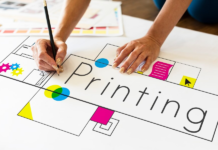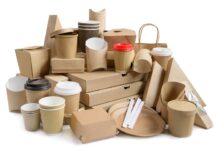Heat pumps have become a popular alternative to conventional heating appliances because of their low energy usage and ability to heat and cool efficiently.
If you depend on heat pumps for cooling, then it’s essential to learn how to troubleshoot minor issues and get your pump back on track.
Here are some troubleshooting steps to perform if your pump fails;
Check The Thermostat’s Power
The first place to look at if your heat pump stops working is the thermostat. If there isn’t power in there, it will be impossible for your heat pump to function.
For battery-powered thermostats, replace the old batteries. Check the power circuit for the fuse to see if it needs a replacement for a hardwired unit. By the way, if you’re in Boston, check this best hvac boston repairer.
Check The Thermostat Fan Settings
A malfunctioning heat pump can be a result of an improper fan setting, there may be no issue with your heat pump.
Check the fan settings, and it is best to set the thermostat that controls it to AUTO, not ON. With it on auto, the fan runs to assist the cooling cycle.
Check Registers
Ensure your vents and registers are not blocked by anything in your home. Blocked registers often make it feel like the heat pump isn’t working when it is blocked. Move items around or rearrange your home to ensure the register is free and your heat pump is cooling your room to your heart’s desire.
Adjust Thermostat Settings
If the temperature in your home rises above the set point then your thermostat will ensure your heat pump cools down.
Also:
If you feel like your heat pump isn’t working as it should, adjust the thermostat to set the temperature down several degrees. This should trigger the heat pump to cool down.
Check Air Filter
One of the most common heat pump problems is associated with the air filter. A clogged air filter is most likely the cause of a heat pump malfunction as the system doesn’t get adequate airflow due to the obstruction.
Furthermore, check your air filter, replace it with a fresh filter if its surface is full of debris. Allow the system to cool and see if it’ll come back on functioning properly.
Check Unit Power
Check the power to your heat pump system. Each component has its own power switches and individual circuits.
Which are;
- Check the power switch, it can be located on or near the indoor air handler. It should be set to ON.
- Look out for the power switch that’s either on the outside unit or nearby on the exterior wall of your home where the refrigerant lines run inside, it should also be set ON
- Check your home’s general electrical panel to make sure the circuit that connects the indoor and the outdoor is not torn up or blown fuse. Replace or reset if necessary.
In Conclusion
Troubleshooting your heat pump is necessary if you intend on maintaining one. So it’s best to acquire the knowledge and use it in times of need.


























